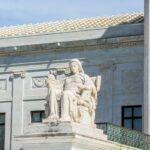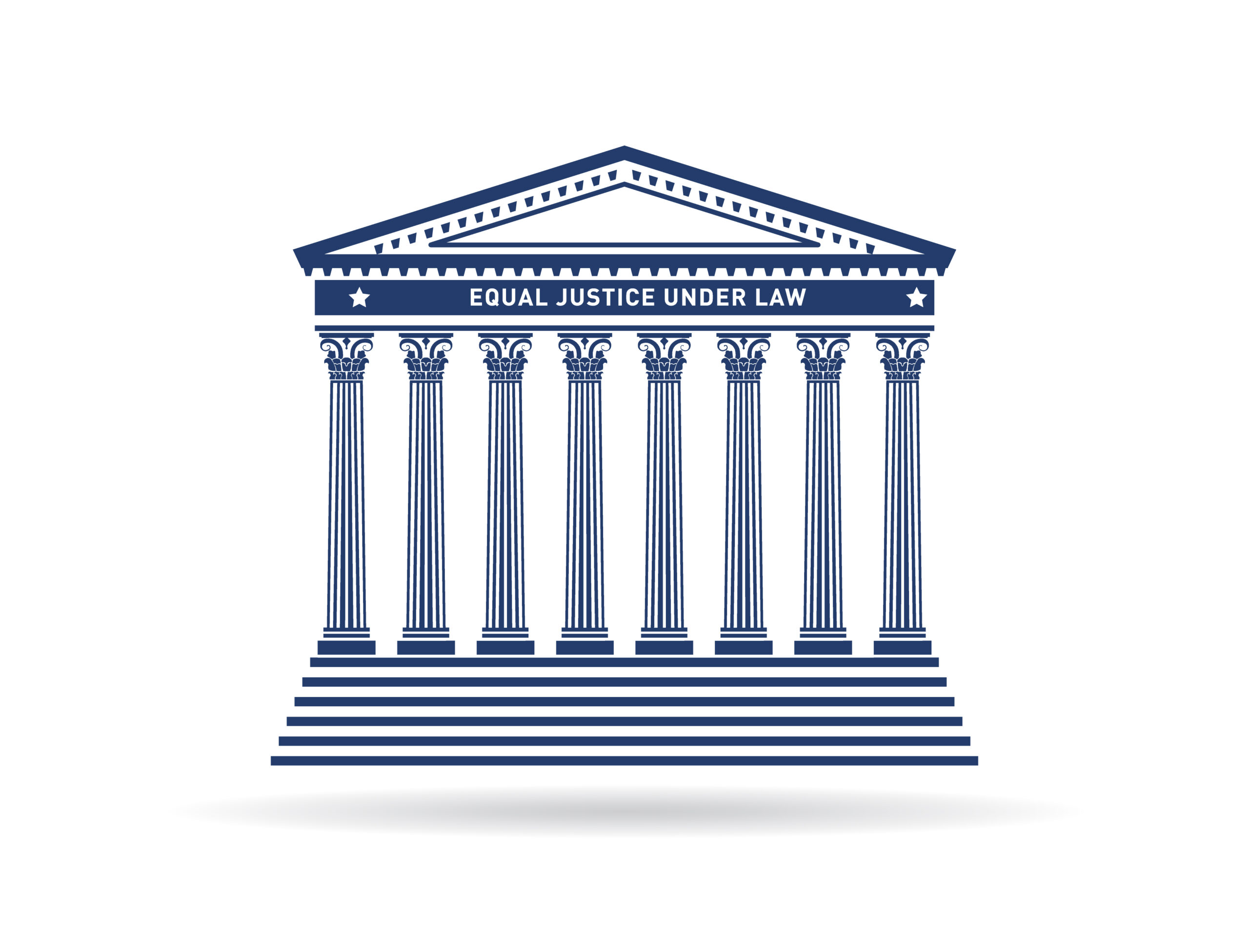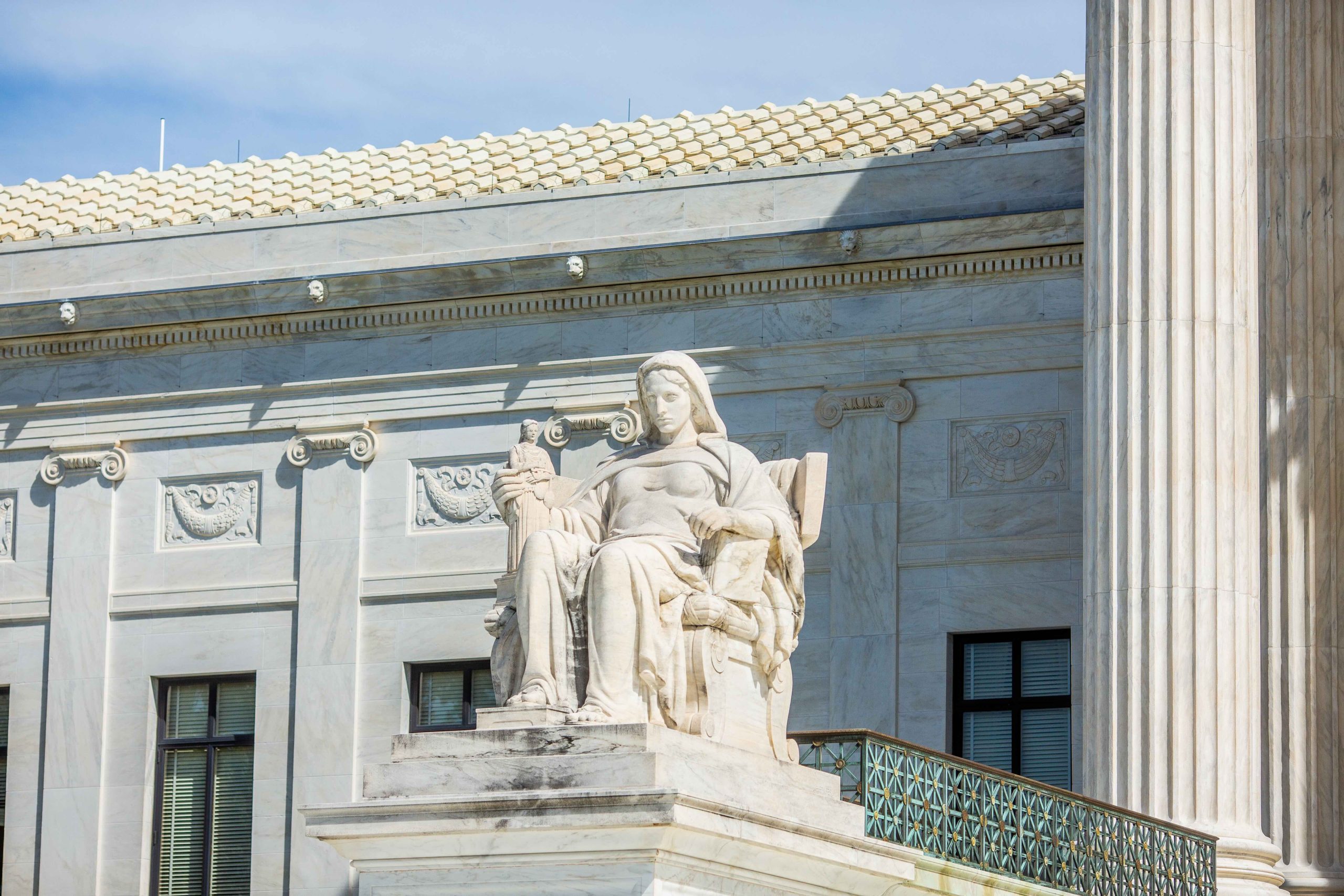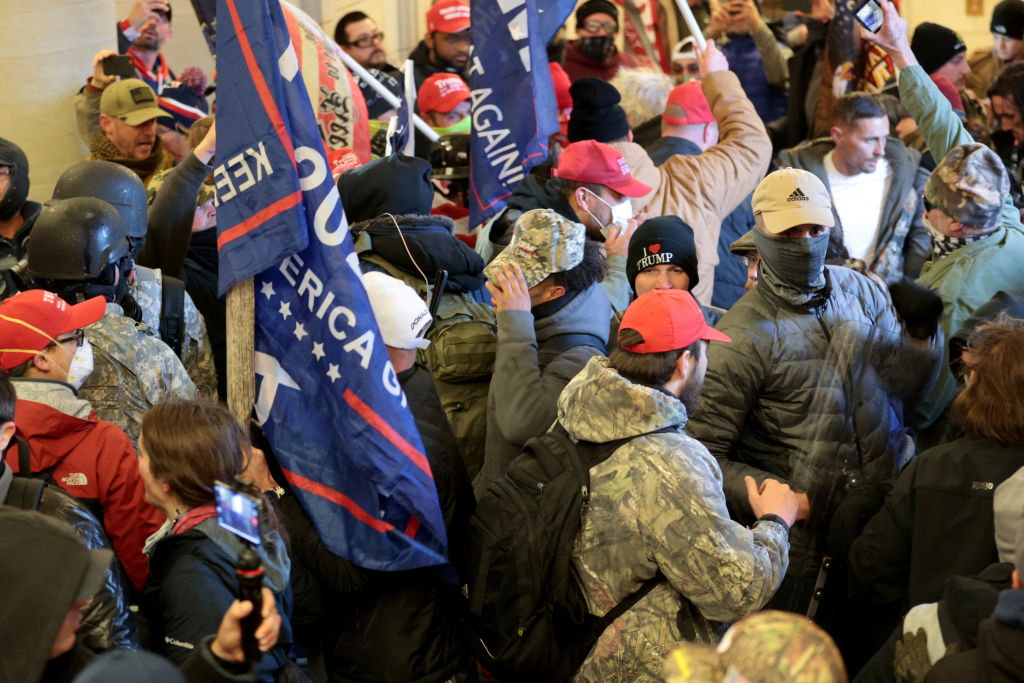
In an almost declaratory manner as he singularly conveys on the Court, Chief Justice John Roberts expounded in the majority opinion in Trump v. United States,
“[t]his case is the first criminal prosecution in our Nation’s history of a former President for actions taken during his Presidency…Doing so requires careful assessment of the scope of Presidential power under the Constitution. We undertake that responsibility conscious that we must not confuse ‘the issue of a power’s validity with the cause it is invoked to promote,’ but must instead focus on the “enduring consequences upon the balanced power structure of our Republic.”
From start to finish of this majority opinion, Roberts confidently laid down one of the very few and most significant discussions of executive immunity in the Court’s recent history.
Viewed from a perspective outside those of the justices, the picture was not quite as rosy. Joan Biskupic recently wrote about Roberts for CNN,
“He upended constitutional norms, enlarged the institution of the presidency and gave Trump a victory that bolstered his litigating position even beyond the case at hand, for example, in his attempt to reverse the conviction in his Manhattan ‘hush money’ trial.”
Biskupic continued later in the article,
“All told, Roberts appears to have reached a turning point. His vision for the high court became more aggressive, and he has perhaps shed the aura of ineffectualness that permeated some public commentary in recent years.”
While Roberts’s vision of the Court may be at times disconnected with the public’s (on both sides of the political aisle) perception of the Court’s proper role, one thing that is highly expected at this point is that Chief Justice Roberts will almost certainly be in the majority in the Court’s most consequential decisions (and many of the least consequential ones too). Over the past several terms, the same can generally be said about Justices Kavanaugh and Barrett. This raises the question of whether their many votes in common stem from agreement with each other, agreement with the outcomes, or with a desire to shape the Court’s precedential jurisprudence.
Seat in the Majority
Justices Roberts and Kavanaugh have been in the majority more frequently than most Supreme Court Justices. Since the mid-20th century, there are only a few instances where justices have been in the majority 95% of the time or more in a term. The only justice with more than 20 votes in a term with 100% frequency in the majority in more than 75 years was Justice Tom Clark in 1949 (Justice O’Connor was in the majority in all 20 votes in argued cases in which she participated in the 2005 Term prior to her retirement).
Justice Roberts was in the majority 95%+ of the time in the 2023, 2022, and 2019 terms. Justice Kavanaugh similarly had a rate of over 95% in the majority in all of the 2020 through 2023 Court Terms. The only other recent Justice to reach this frequency was Justice Kennedy in OT 2016, 2015, and 2006 and the only other justice to have this high a rate since 1975 was Justice Powell (once).
Alignments
While Justices Roberts and Kavanaugh agree with each other most often when they both agree with the direction of the Court’s majority, the most frequently aligned voting pair from this past term, Justices Kagan and Sotomayor, often agreed in dissent as well.
Between OT 2018 when Justice Kavanaugh joined the Court, and the end of the OT 2022 Term, Kavanaugh was not in complete agreement with Roberts in 29 decisions. This is four fewer instances than the disagreement count between Justices Kagan and Sotomayor for this period, putting Roberts and Kavanaugh at the apex of agreement pairs across this time. This past term either Kavanaugh or Roberts was in the majority while the other was in dissent in three instances (in Becerra v. San Carlos Apache Tribe, Erlinger v. United States, and in Wilkinson v. Garland) while the same was true for Sotomayor and Kagan in two instances.
Even justices who many assume to vote in tandem do not approach these two pairs’ rates. Justices Thomas and Alito, who many assume hardly ever disagree, disagreed in case outcomes over 10% of the time this past term. That compares to just over 5% for Justices Roberts and Kavanaugh, and under four percent for Justices Sotomayor and Kagan. Thomas and Alito even disagreed in the first Supreme Court Second Amendment case since Bruen (Rahimi) and did not agree in full in one of this term’s abortion decisions, FDA v. Alliance for Hippocratic Medicine where Thomas concurred and Alito signed onto the majority opinion.
The disagreements between Roberts and Kavanaugh have sometimes occurred when examining the most publicly discussed issues before the Court. In the abortion context for instance, they disagreed in Dobbs and in Whole Woman’s Health v. Jackson. They agreed in less than full in widely followed cases in the election/representation context including Allen v. Milligan and Moore v. Harper. Only six of the instances in this set involve either Roberts or Kavanaugh in the majority with another in dissent (Kavanaugh was in dissent once while Roberts was five times). One of Roberts dissents was from the only case where he was the sole dissenting vote in the decision – Uzuegbunam v. Preczewski. In the other 23 instances occurring prior to this past term, one was in the majority and the other signed onto or authored a concurrence. These include in SFFA v. Harvard, Fulton v. Philadelphia, NCAA v. Alston, Biden v. Texas, and United States v. Zubaydah.
Roberts authored the majority opinion in Allen v. Milligan in which Kavanaugh authored a concurrence. Kavanaugh discussed the gravity of overruling precedent (Thornburg v. Gingles in this instance) in this case,
“the stare decisis standard for this Court to overrule a statutory precedent, as distinct from a constitutional precedent, is comparatively strict.”
He later wrote,
“Although statutory stare decisis is not absolute, ‘the Court has ordinarily left the updating or correction of erroneous statutory precedents to the legislative process.’”
Kavanaugh’s examination of stare decisis standards exceeds the amount of discussion in the majority opinion. In the majority, Chief Justice Roberts wrote in footnote 10, in response to Justice Alito’s dissent,
“JUSTICE ALITO argues that ‘[t]he Gingles framework should be [re]interpreted’ in light of changing methods in statutory interpretation. Post, at 10 (dissenting opinion). But as we have explained, Gingles effectuates the delicate legislative bargain that §2 embodies. And statutory stare decisis counsels strongly in favor of not “undo[ing] . . . the compromise that was reached between the House and Senate when §2 was amended in 1982.”
Thus, while there is no pure disagreement between Roberts and Kavanaugh in this instance, their initial premises were not parallel.
In Uzuegbunam, a First Amendment speech case that deals with nominal damages, Roberts wrote in dissent,
“The Court sees no problem with turning judges into advice columnists. In its view, the common law and (to a lesser extent) our cases require that federal courts open their doors to any plaintiff who asks for a dollar. I part ways with the Court regarding both the framework it applies and the result it reaches.”
Roberts’s concern in this case is also evident towards the end of his dissent where he wrote,
“Today’s decision risks a major expansion of the judicial role. Until now, we have said that federal courts can review the legality of policies and actions only as a necessary incident to resolving real disputes. Going forward, the Judiciary will be required to perform this function whenever a plaintiff asks for a dollar. For those who want to know if their rights have been violated, the least dangerous branch will become the least expensive source of legal advice.”
There has only been one instance where Roberts or Kavanaugh authored a majority opinion where the other has written a dissent, and this was in this past term’s Becerra v. San Carlos Apache Tribe. Roberts laid down the Court’s holding in this matter,
“The self-determination contracts of the San Carlos Apache Tribe and Northern Arapaho Tribe require them to collect and spend program income to further the functions, services, activities, and programs transferred to them from IHS. When the Tribes do so and incur administrative costs, ISDA requires IHS to pay those support costs.”
In a manner similar to Roberts’s deconstruction of the majority opinion in Uzuegbunam, Kavanaugh wrote,
“But today, the Court upends that long-settled understanding and requires the Federal Government to furnish additional funding to the tribes for the costs of spending the third-party income.”
Kavanaugh later argued,
“In my view, the Court should leave those difficult appropriations decisions and tradeoffs to Congress and the President in the legislative process, and not now upset the settled legal understanding that has prevailed for the last 30 years.”
Near the conclusion, Kavanaugh added,
“Rather than experimenting with reallocation of those funds, or assuming without basis that Congress will increase appropriations for Indian healthcare at the expense of other national priorities (it might; it might not), I would simply follow the statute as written.”
While almost always in agreement, Roberts and Kavanaugh clearly see things differently in varying degrees in a number of cases. And these are the closest aligning justices over the past number of terms. Disagreements from other pairs, including Thomas and Alito, come in much larger doses. Perhaps the moral of this story is that we should not necessarily assume that particular pairs will vote together, even if we associate them with one another generally. With Roberts’s and Kavanaugh’s frequencies in the majority, however, we will not observe them disagreeing with one another much more in future terms unless one of them begins to peel away from the middle of the Court.
* Data for this post came from the US Supreme Court Database and Empirical SCOTUS’ 2023 Stat Review.
Adam Feldman runs the litigation consulting company Optimized Legal Solutions LLC. For more information write Adam at [email protected]. Find him on Twitter: @AdamSFeldman.
#Stars #Dont #Align #Justices #Kavanaugh #Roberts










